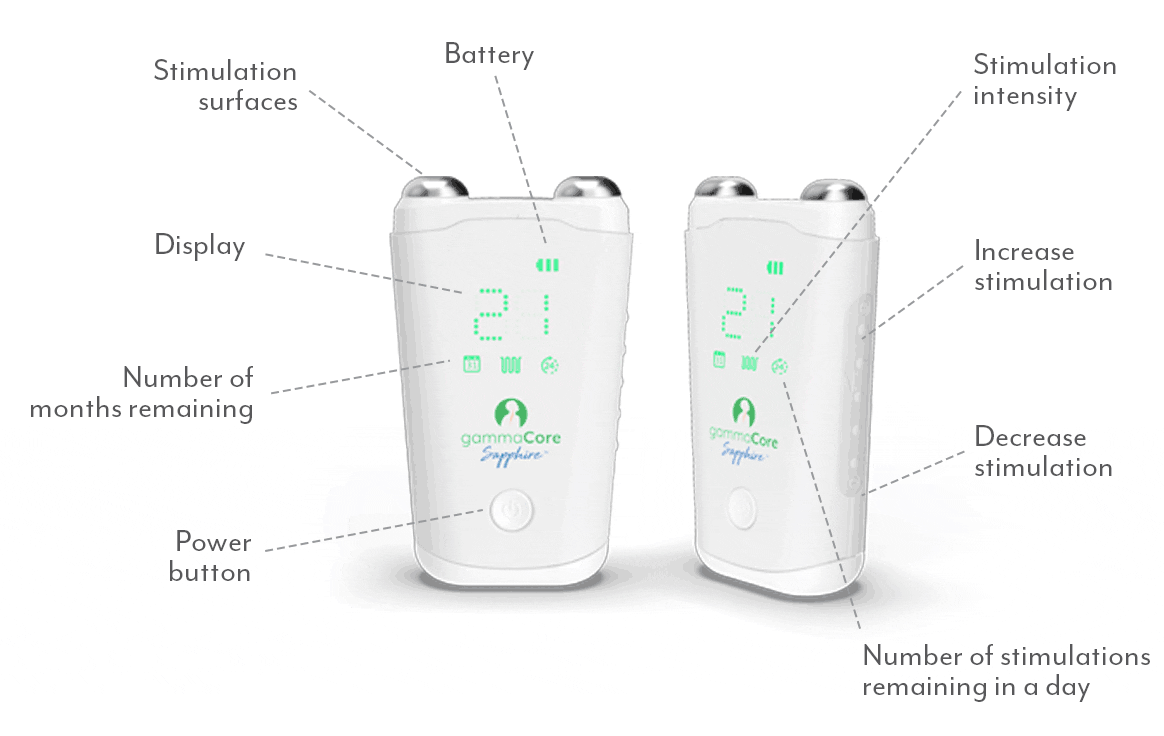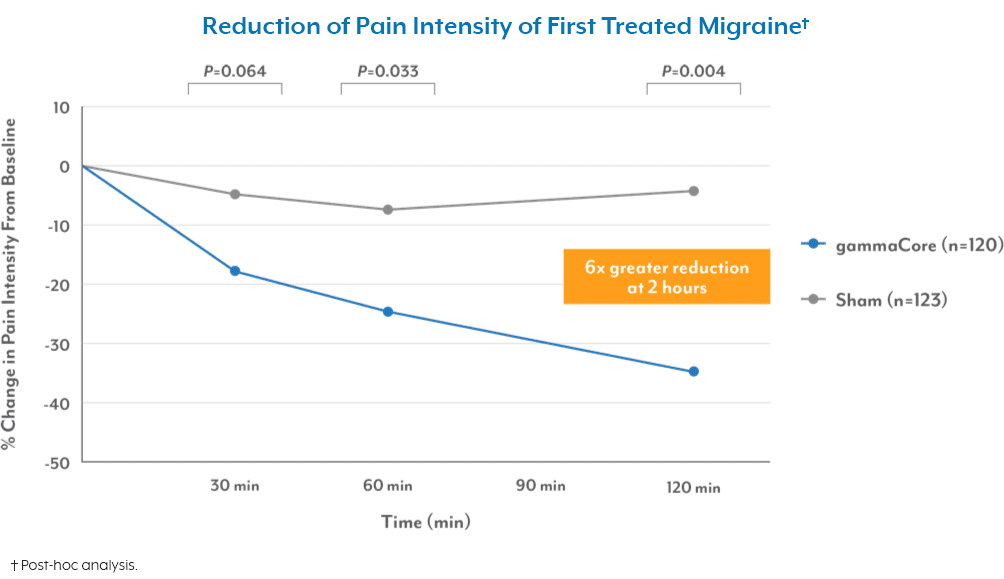
Anyone who has ever experienced the pounding pain of a migraine knows all too well that it’s so much more than just a headache. Migraines can be debilitating, disrupt daily life, and leave sufferers desperate for relief. But are migraines hereditary? There are still many mysteries about what causes migraines and why some people are more prone to getting them than others. However, recent research has uncovered a fascinating connection between genetics and migraines, offering valuable insights into their causes, potential treatments, and opportunities for more personalized migraine management plans.
The Genetic Puzzle of Migraines
Migraines have long been recognized as a complex neurological disorder with various factors contributing to their onset and severity. While environmental triggers like stress, diet, and sleep patterns play a significant role, researchers have increasingly turned their attention to the genetic component of migraines.
Studies have revealed that genetics may account for up to 60% of the risk of developing migraines1, meaning that if you have a family member who experiences migraines, you may be more likely to suffer from them, too. Certain genetic variations have been linked to an increased susceptibility to migraines, including changes in genes related to neurotransmitter regulation and blood vessel function.2
Unlocking the Genetic Code for Migraine
One gene that has garnered significant attention in migraine research is the MTHFR gene. Studies show that migraine sufferers, particularly those who experience migraine with aura, are much more likely to have the MTHFR gene mutation.3 What does this mean? Patients with the MTHFR mutation are more likely to have higher levels of the amino acid homocysteine in their blood. As a result, their body can’t effectively break down the essential amino acid methionine4, which leads to damage in nerves and blood vessels, which in turn can lead to migraine, among other conditions.
Another gene implicated in migraines is the TRESK gene, which controls the regulation of neuronal excitability5—in other words, it controls how sensitive our nerves are. Mutations in the TRESK gene may lead to heightened neuronal sensitivity (more sensitive nerves), making individuals more prone to migraine attacks triggered by stress or changes in weather.
Another recent genome-wide association study observed a link between three gene variants (HMOX2, CACNA1A, and MPPED2) and migraine with aura.6 Although new findings are continuously surfacing, one thing is clear: genetics can play a significant role in migraine.
Embracing a Holistic Approach to Migraine
Understanding the genetic underpinnings of migraine opens up exciting possibilities for personalized treatment approaches. But while genetics play a significant role in migraine susceptibility, it’s important to recognize that they are just one piece of the puzzle. Lifestyle factors, environmental triggers, and individual health history also influence migraine risk and severity. Therefore, taking a holistic approach to migraine management is crucial.
One innovative option that has shown promise in treating and preventing migraine is gammaCore™ non-invasive vagus nerve stimulator (nVNS). Small, handheld, and portable, gammaCore nVNS provides quick and easy treatments whenever and wherever you need them. Use it twice daily to prevent migraines and up to 24 stimulations daily to treat migraine pain as needed.
In addition to targeted treatments like gammaCore, incorporating stress-reduction techniques, maintaining a healthy diet, and prioritizing adequate sleep can all help reduce the frequency and intensity of migraine attacks. Working closely with health care providers to develop a comprehensive management plan tailored to your unique needs can empower you to regain control over your migraines and improve your quality of life.
To see if gammaCore is right for you, visit our clinic finder to locate a health care provider near you, or contact our dedicated Customer Experience team at 888-903-2673 or customerservice@electrocore.com.
References
1. Grangeon, L., Lange, K. S., Waliszewska-Prosół, M., et al. (2023). Genetics of migraine: Where are we now? The Journal of Headache and Pain, 24(1). https://doi.org/10.1186/s10194-023-01547-8
2. Sutherland, H. G., Albury, C. L., & Griffiths, L. R. (2019). Advances in genetics of migraine. The Journal of Headache and Pain, 20(72). https://doi.org/10.1186/s10194-019-1017-9
3. Dumas, P. (n.d.). What We Know About MTHFR Gene Mutation and Migraine. Migraine Again. Retrieved April 29, 2024, from https://www.migraineagain.com/what-we-know-about-mthfr-gene-mutation-and-migraines/
4. Rainero, I., Vacca, A., Roveta, F., et al. (2019). Targeting MTHFR for the treatment of migraines. Expert Opinion on Therapeutic Targets, 23(1). https://doi.org/10.1080/14728222.2019.1549544
5. Royal, P., Andres-Bilbe, A., Prado, P. A., et al. (2019). Migraine-Associated TRESK Mutations Increase Neuronal Excitability through Alternative Translation Initiation and Inhibition of TREK. Neuron, 101(2). https://doi.org/10.1016/j.neuron.2018.11.039
6. Hautakangas, H., Winsvold, B. S., Ruotsalainen, S. E., et al. (2022). Genome-wide analysis of 102,084 migraine cases identifies 123 risk loci and subtype-specific risk alleles. Nature Genetics, 54, 152–160. https://doi.org/10.1038/s41588-021-00990-0



